Admit it – frozen pizza is your guilty pleasure. It’s quick, convenient, and satisfies that carb-loaded craving. But are you truly doing justice to this humble kitchen staple? Let’s uncover the 9 most common frozen pizza blunders that might be sabotaging your slice.
1. Skipping the Thaw
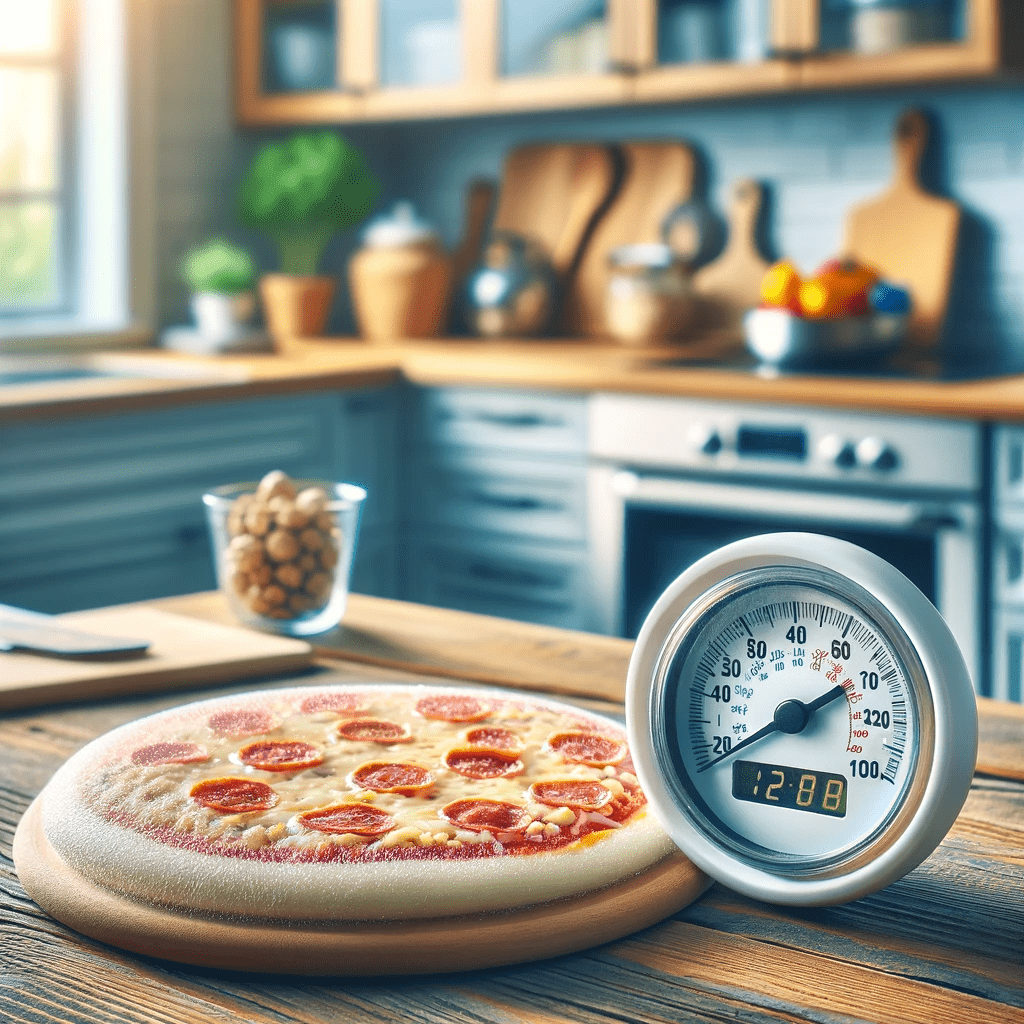
It’s tempting to transfer your frozen pizza directly from freezer to oven, but this is a cardinal sin in the realm of frozen pizza perfection. Thawing your pizza before baking can significantly improve the texture. Allowing it to reach room temperature for about 30 minutes can result in a crisper crust and more evenly cooked toppings.
But what if time is not on your side? In that case, at least give your pizza a few minutes to shed the chill of the freezer. This small step can make a noticeable difference in the final outcome.
Remember, rushing the process can lead to a soggy or unevenly cooked base. The goal is to achieve a golden, crispy crust that rivals any pizzeria’s offering.
Pro tip: If you forget to thaw your pizza, crank up the oven temperature a bit higher than usual. This can help compensate for the colder starting temperature of your pizza.
2. Neglecting the Oven Preheat
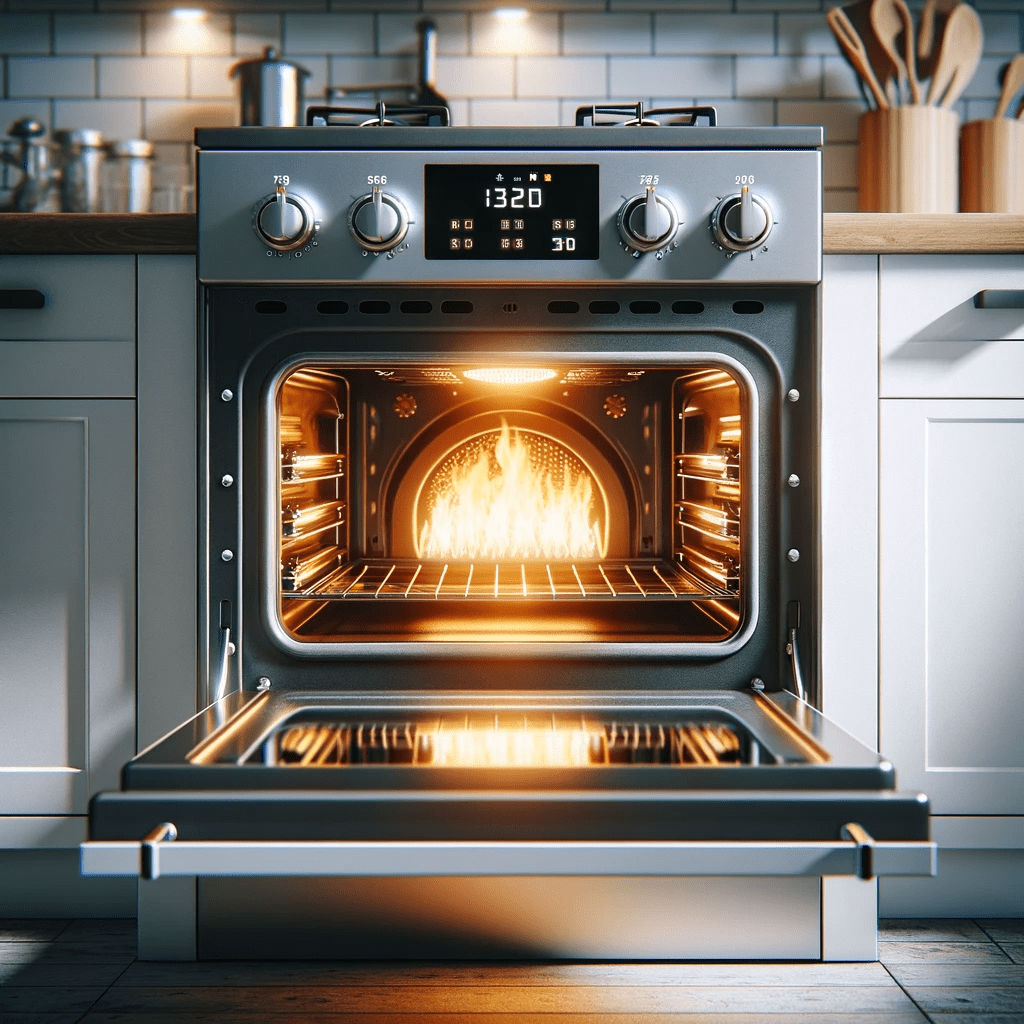
Many pizza aficionados overlook the importance of preheating the oven. This step is crucial for achieving that ideal crispy-on-the-outside, gooey-on-the-inside texture. Preheating the oven to the recommended temperature ensures that your pizza starts cooking immediately upon entry.
Placing your pizza into a cold oven means it slowly comes up to temperature, leading to uneven cooking and a disappointing crust. It’s akin to slowly warming up a symphony before the grand performance.
Be patient and wait for the oven to reach the desired temperature. This might take anywhere from 10 to 20 minutes, depending on your oven, but it’s a wait that pays off in flavor.
Hint: Use this waiting time to prepare a side salad or set the table. Multitask, and before you know it, your oven is ready to transform that frozen disk into a culinary delight!
3. Incorrect Oven Placement
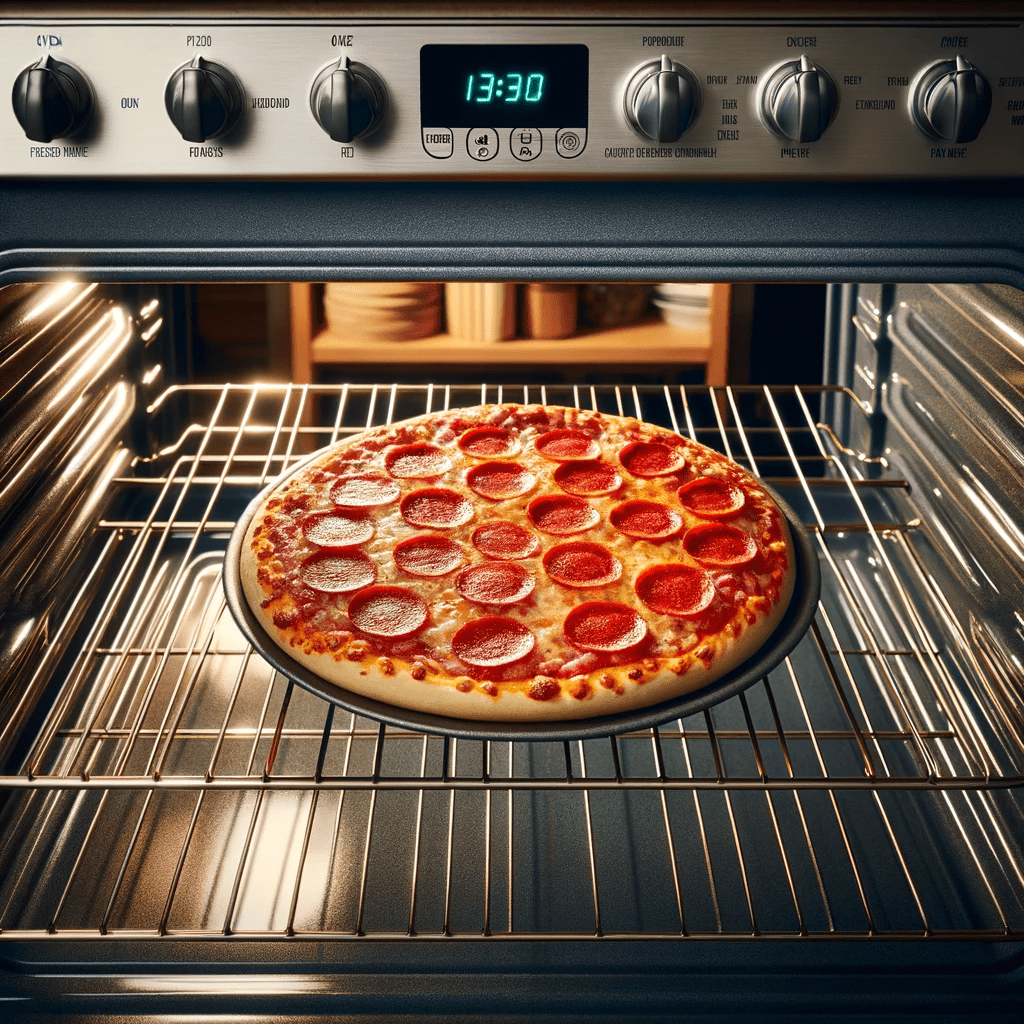
The location of your pizza in the oven matters more than you might think. The ideal spot is the center of the oven. Placing it too high or too low can lead to an unevenly cooked pizza – burnt on top or bottom, undercooked in the middle.
Don’t just shove the pizza in; take a moment to position it strategically. The center rack ensures even heat distribution, getting you closer to that golden, crisp crust.
If you have an oven with hot spots, you might need to rotate your pizza midway through cooking. This ensures every slice gets its moment in the heat spotlight.
And yes, placing the pizza directly on the rack is a game-changer. It allows for better air circulation and a crisper base. Just be prepared with a plan for easy removal.
4. Ignoring Crust Care

The crust is the unsung hero of any pizza. To elevate your frozen pizza experience, a simple trick is to brush the crust with a bit of olive oil. This adds a touch of richness and helps achieve that coveted golden-brown finish.
If you’re feeling adventurous, sprinkle some garlic powder, Italian seasoning, or Parmesan cheese on the crust edges. These small additions can bring a lackluster crust to life.
Remember, the crust should not be an afterthought. It’s the foundation of your pizza masterpiece. Treat it with respect!
Avoid the temptation to overload your pizza with toppings, as this can lead to a soggy, undercooked crust. Balance is key.
5. Topping Overload
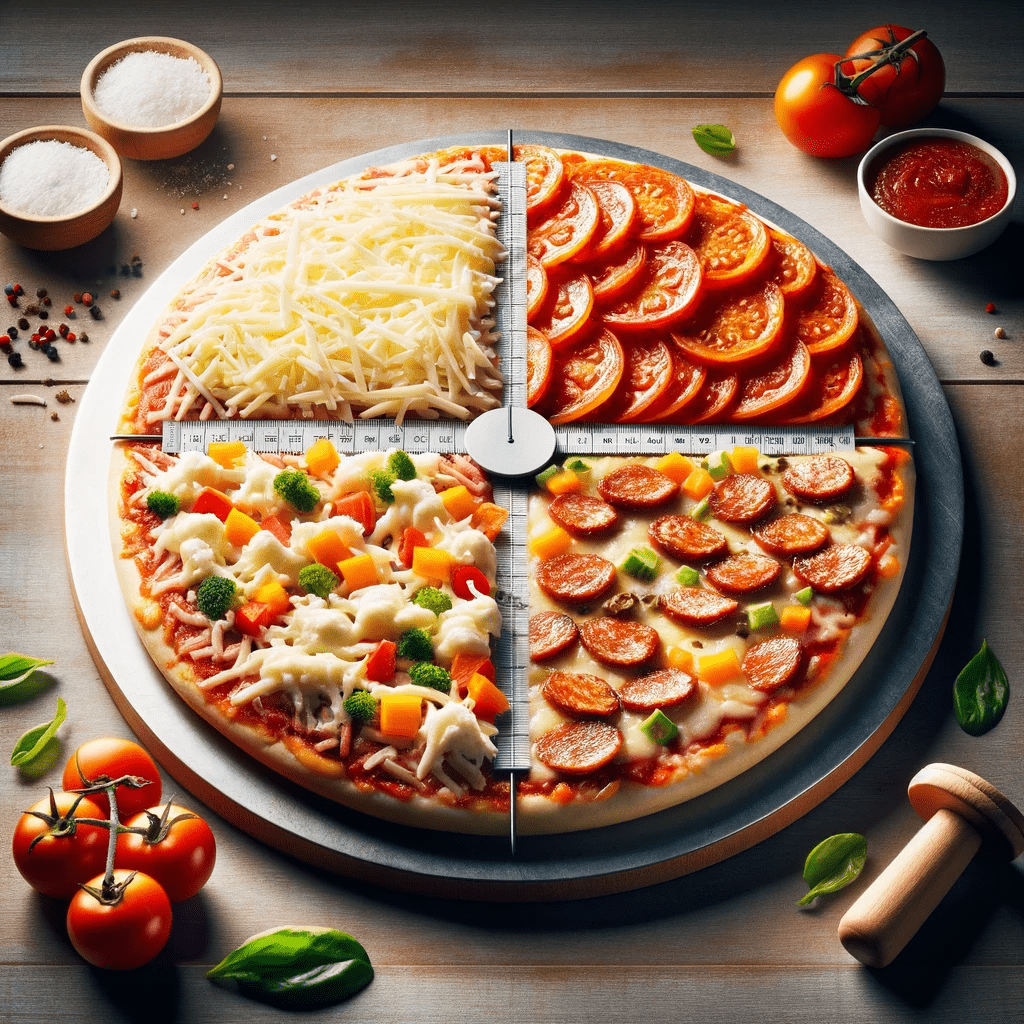
It’s tempting to pile on extra toppings, but restraint is vital. Overloading your pizza can result in uneven cooking and a soggy crust. The weight of too many toppings prevents the crust from crisping up properly.
Choose your additional toppings wisely. Opt for ingredients that cook quickly and release minimal moisture. Pre-cooked or cured meats, thinly sliced vegetables, and a reasonable amount of cheese are your best bets.
If you must have those extra veggies, consider pre-cooking them to remove excess moisture. This step can make a huge difference in the final texture of your pizza.
Also, be strategic about the placement of your toppings. Distribute them evenly to ensure every bite is as delicious as the last.
6. The Impatient Slice
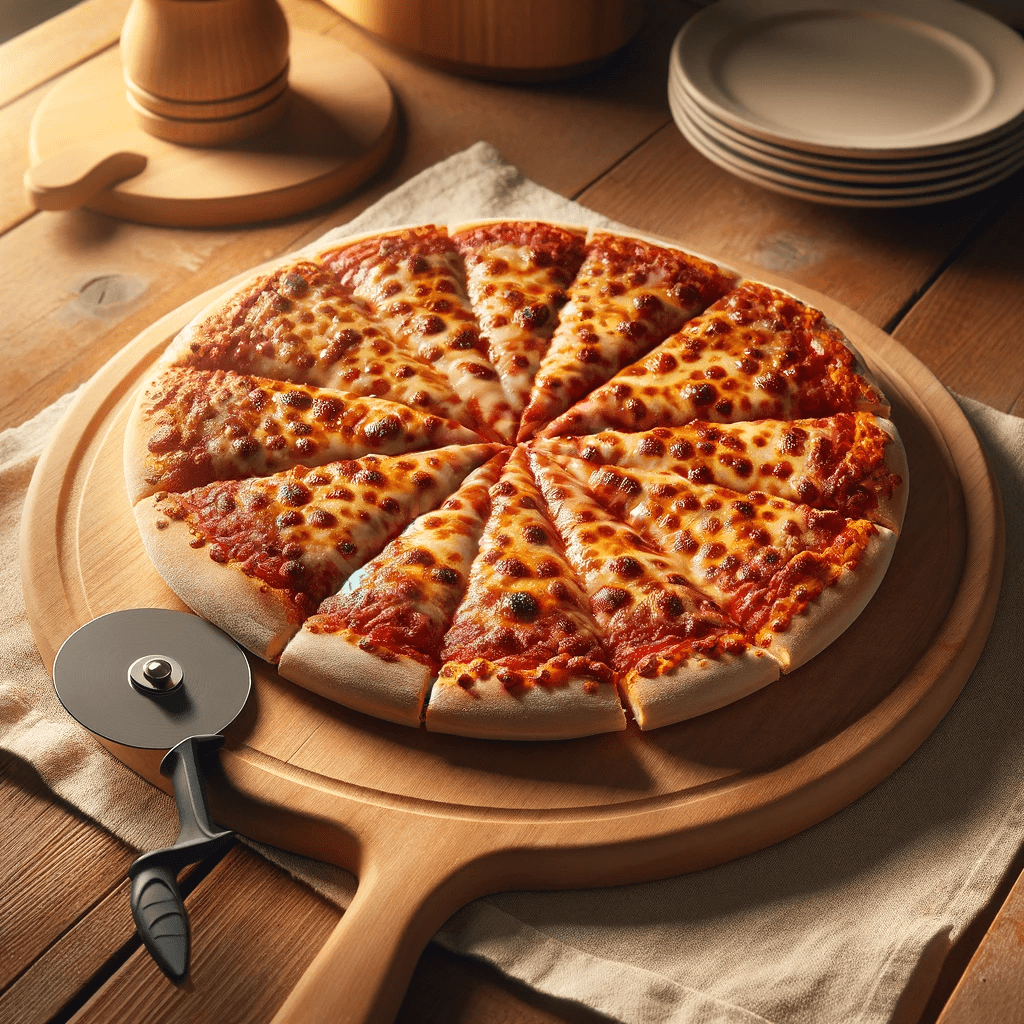
There’s nothing quite like the siren call of a freshly baked pizza. However, cutting into it too soon is a rookie mistake. Allow your pizza to rest for a few minutes after baking. This lets the cheese set and the flavors meld, ensuring a cleaner slice and a more cohesive eating experience.
Those few minutes of patience can be the difference between a soggy mess and a slice that holds its shape and toppings beautifully.
Avoid the temptation to dive in immediately. Use this time to gather your serving plates, a fresh drink, or simply bask in the aroma of your perfectly baked pizza.
Remember, good things come to those who wait – and this includes the ultimate pizza experience.
7. Using the Wrong Baking Surface
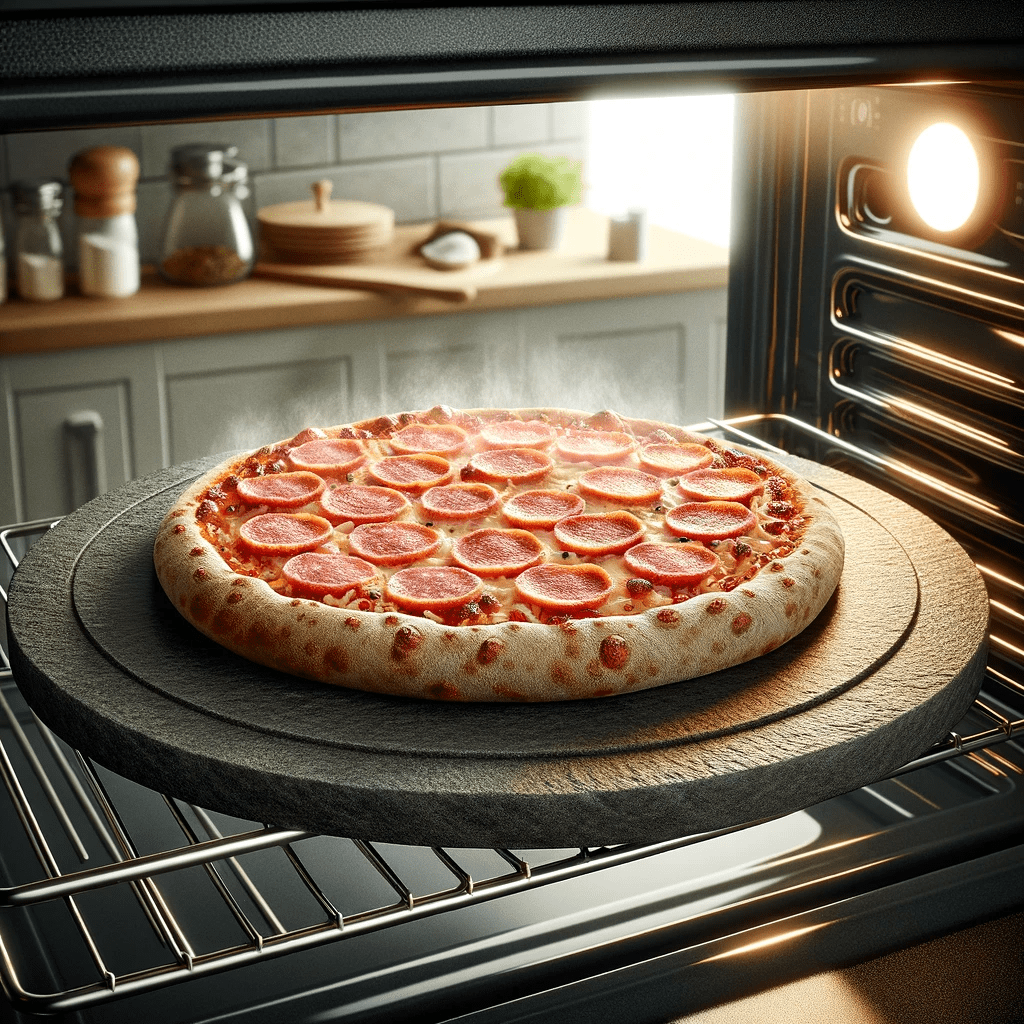
The debate between baking sheets and pizza stones is as old as frozen pizza itself. For the crispiest crust, a pizza stone or a preheated baking sheet is ideal. These surfaces conduct heat more effectively, crisping up the base of your pizza.
If you don’t have a pizza stone, don’t fret. A regular baking sheet will suffice, but preheat it in the oven first. This mimics the effect of a pizza stone and avoids the dreaded soggy crust.
Alternatively, for those who love a softer, chewier crust, baking directly on the oven rack can be a suitable method. Just be sure to keep an eye on it to prevent the crust from burning.
Choosing the right surface for your pizza can make or break the final product. So, choose wisely based on your crust preference.
8. Disregarding Oven Type and Cooking Time
Not all ovens are created equal. Conventional, convection, and toaster ovens can vary in how they cook your pizza. Be mindful of the type of oven you’re using and adjust cooking times accordingly.
A convection oven, which circulates hot air, can cook your pizza more evenly and slightly faster. In contrast, a conventional oven may require a bit more time. Toaster ovens are great for single servings but may need closer monitoring to avoid burning.
Always check your pizza a few minutes before the suggested cooking time. Ovens can run hot or cool, and what works for one may not work for another.
Adjusting to your oven’s quirks can be the difference between a mediocre and a mouth-watering pizza.
9. Overlooking Food Safety
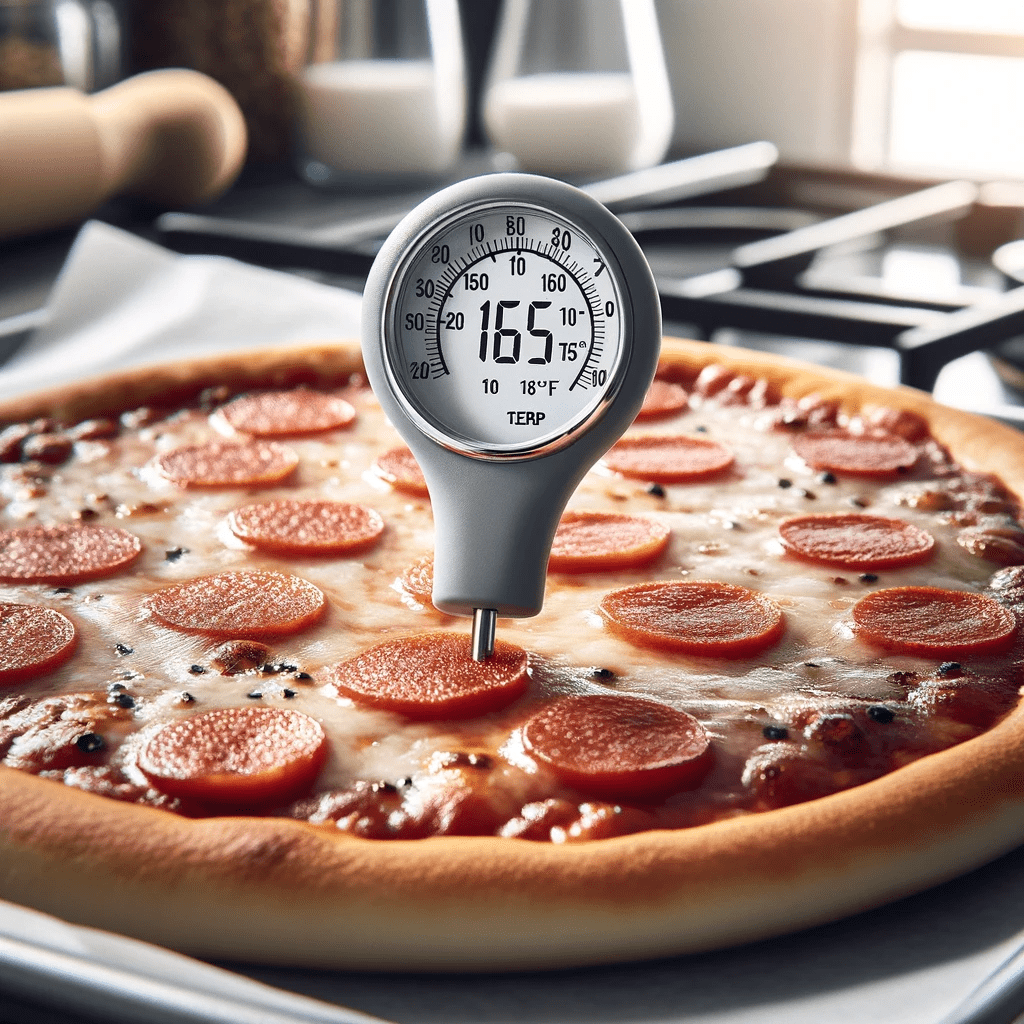
While frozen pizza is a convenience food, food safety should not be taken lightly. Ensuring your pizza reaches an internal temperature of 165°F is crucial for both quality and safety.
An undercooked pizza not only lacks flavor and texture, but it can also be a health risk. Use a food thermometer to check the temperature, especially when experimenting with cooking times and temperatures.
Additionally, be cautious about leaving your pizza out at room temperature for too long. Bacteria love to party on your pizza if it sits out for more than a couple of hours.
Respecting food safety norms ensures a delicious and safe pizza experience every time.
In conclusion, mastering the art of the perfect frozen pizza is about more than just preheating your oven and setting a timer. It’s about understanding the nuances of thawing, oven placement, crust care, toppings balance, and more. By avoiding these common mistakes, you’ll elevate your frozen pizza from a quick fix to a gourmet experience. Next time you’re craving a slice, remember these tips and get ready to impress your taste buds!


